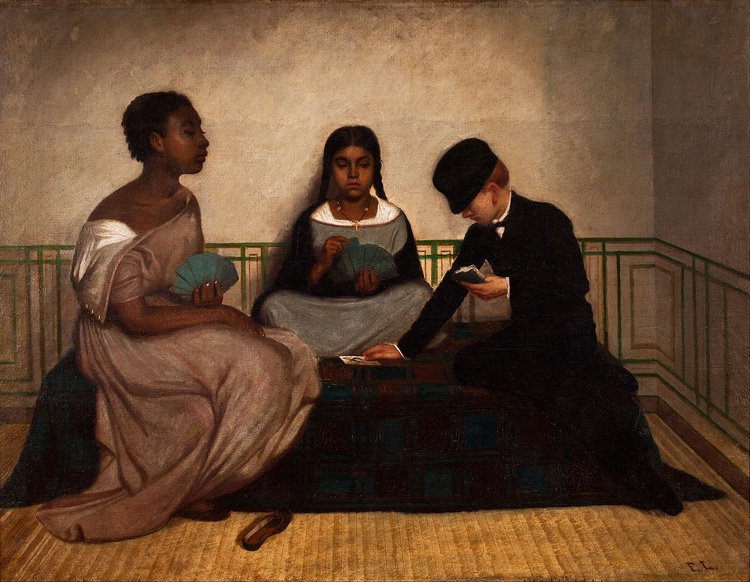
History of painting in Peru
The history of painting in Peru dates back to pre-Hispanic times, where simple tools and dyes of natural origin were used. At that time, painting was limited to the decoration of ornamental and utilitarian objects made of ceramics. With the arrival of the Spanish conquistadors, painting became mainly an expression of Catholic religiosity.
During the Republican era, Peruvian painting went through four major periods or styles: costumbrismo, academic painting, indigenismo and contemporary or modernist painting.
Prehispanic era
Peruvian painting has its most remote origin in cave art, highlighting Toquepala and Lauricocha, whose antiquity was dated to about 10,000 years.
In the Andean civilizations, the pre-Hispanic settler captured his art mainly in ceramics, distinguishing the Nazca, Mochica, Chimú, Tiahuanaco and Wari cultures. However, the Inca Empire limited itself to copying the Tiahuanaco queros. In the Moche culture, artists created high reliefs on the murals of the temples, such as the frieze located in the Huacas del Sol and de la Luna, 5 km from the city of Trujillo.
Painting during the Viceroyalty
The first expressions (1533-1620)
Painting, as an artistic representation on canvas or fresco, began during the viceregal era. Already in 1533, while the Spanish conquistador Diego de Mora was portraying the Inca Atahualpa imprisoned in Cajamarca, canvases, panels and images with representations of the new religion began to circulate throughout the vast Andean territory.
Colonial painting had three great influences: the Italian one, very intense during the 16th and early 17th centuries, which later diluted to regain its hegemony at the end of the 18th century with the introduction of neoclassicism; the flamenco influence, which existed from the beginning and its importance grew until it was very strong in the 17th century, but, above all, it was constant through engravings; and the Spanish one that manifested itself more strongly during the Baroque period of the 17th and 18th centuries, especially through the Sevillian School. Later, and after indigenous and mestizos, the American Baroque began, with the introduction and recovery of new factors in the artistic panorama. The incorporation of the indigenous did not only result in a style, but also represented a different concept of the universe and its expression, with genuine validity, manifesting itself in a different and own art.
Indigenous artists interpreted the religious themes and styles of Western art works given by Catholic priests. Colonial paintings show themes of saints and religious figures combined with indigenous elements, such as Andean dresses or Andean facial expressions.
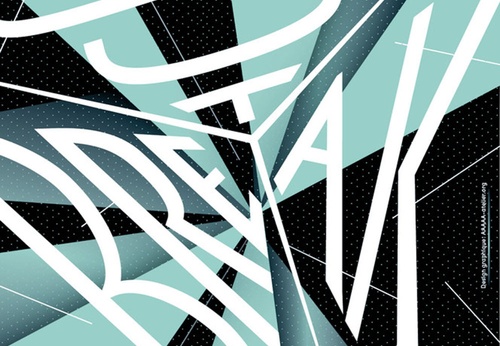
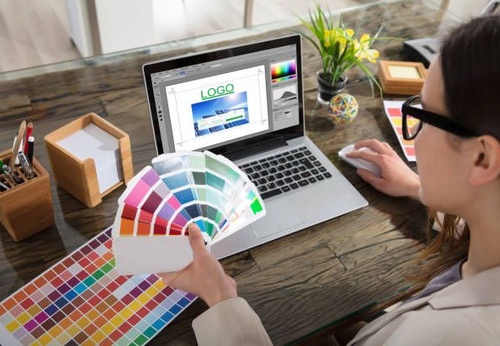
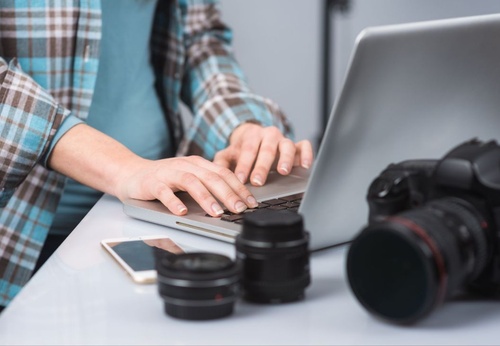
- July 04, 2025
Photography as a Tool for Telling History
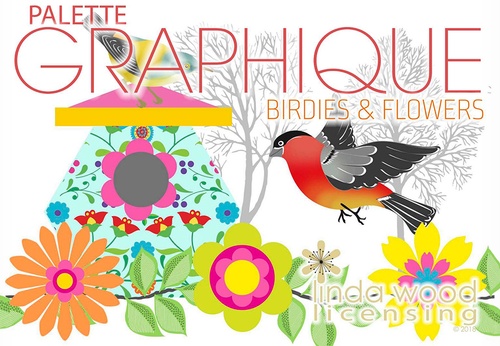
- July 04, 2025
Palette Graphique Birdies and Flowers | Linda Wood
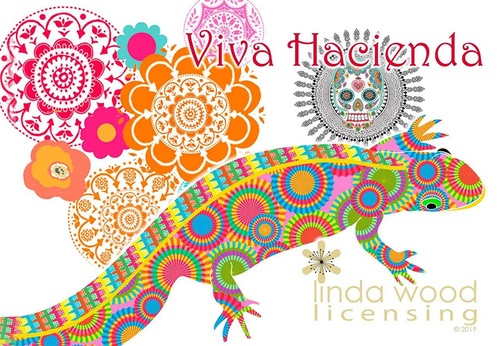
- July 03, 2025
Mexican Inspirations in the Art of Linda Wood
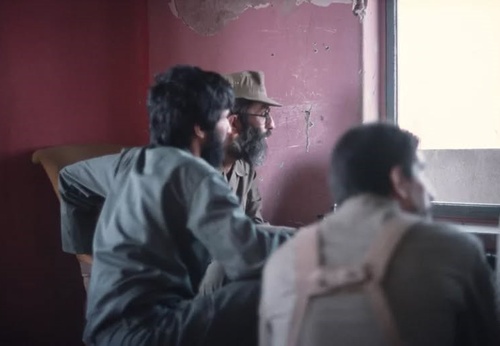
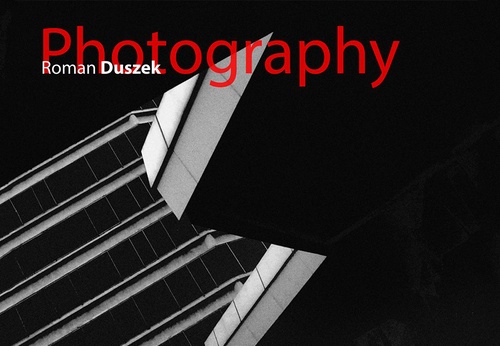
- July 03, 2025
Roman Duszek | Photography
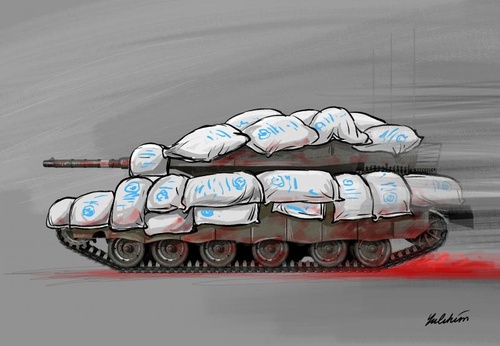
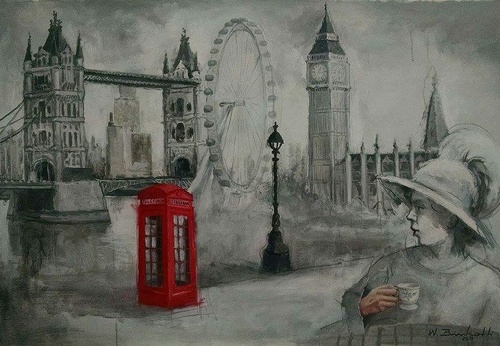
- July 03, 2025
Gallery Of Illustration By Walmir Binhotti - Brazil

- July 04, 2025
Graphic Design and Creating Iconic Bran…

- July 04, 2025
Photography as a Tool for Telling Histo…

- July 03, 2025
Painting and abstract art: differences …

- July 02, 2025
The Best Software for Digital Art and G…

- July 01, 2025
How Digital Artists Collaborate with Ar…

- July 01, 2025
Reflections of Digital Art in Different…

- June 30, 2025
Crítica de Obras Artísticas Criadas por…

- June 30, 2025
What are Plastic Arts?

- June 30, 2025
Images Against Silence: Artists Who Cha…

- June 29, 2025
History of Art Photography in the 20th …

- June 28, 2025
The 11 types of art and their meanings

- June 28, 2025
Contemporary Art is postmodern art

- June 26, 2025
Graphic Design, Art, and Technology: Wh…

- June 25, 2025
Graphic Design and Modern Content Creat…

- June 25, 2025
Art as a Manifestation of Resistance

- June 24, 2025
Latin American Art in the world

- June 24, 2025
Painting as a form of emotional express…

- June 23, 2025
14 questions and answers about the art …

- June 23, 2025
9 Latino painters and their great contr…

- June 22, 2025
The most famous image of Ernesto "Che" …

- August 29, 2023
The history of Bolivian art

- February 19, 2024
Analysis and meaning of Van Gogh's Star…

- January 28, 2024
Culture and Art in Argentina

- September 25, 2023
What is the importance of art in human …

- September 23, 2023
What is paint?

- August 10, 2023
14 questions and answers about the art …

- August 30, 2023
First artistic manifestations

- August 23, 2023
The 11 types of art and their meanings

- January 12, 2024
10 most beautiful statues and sculpture…

- September 23, 2023
Painting characteristics

- September 23, 2023
History of painting

- April 06, 2024
History of visual arts in Ecuador

- August 16, 2023
The 15 greatest painters in art history

- March 26, 2024
The importance of technology in art1

- January 31, 2024
Examples of Street Art – Urban Art

- April 07, 2024
Graffiti in Latin American culture

- January 20, 2024
What is the relationship between art an…

- March 26, 2024
Cultural identity and its impact on art…

- October 21, 2023
Contemporary art after the Second World…

- August 25, 2024
A Comprehensive Analysis of the Cartoon…

- February 19, 2024
Analysis and meaning of Van Gogh's Star…

- August 13, 2023
9 Latino painters and their great contr…

- August 10, 2023
14 questions and answers about the art …

- August 29, 2023
The history of Bolivian art

- January 28, 2024
Culture and Art in Argentina

- August 23, 2023
The 11 types of art and their meanings

- November 06, 2023
5 Latin American artists and their works

- August 27, 2023
15 main works of Van Gogh

- September 23, 2023
Painting characteristics

- September 23, 2023
What is paint?

- September 25, 2023
What is the importance of art in human …

- December 18, 2023
10 iconic works by Oscar Niemeyer, geni…

- August 30, 2023
First artistic manifestations

- January 20, 2024
What is the relationship between art an…

- March 26, 2024
Cultural identity and its impact on art…

- January 12, 2024
10 most beautiful statues and sculpture…

- October 30, 2023
Characteristics of Contemporary Art

- August 22, 2023
What are Plastic Arts?

- April 16, 2024
The most important painters of Latin Am…

- August 24, 2023


